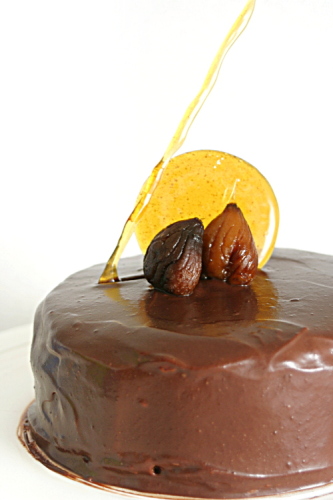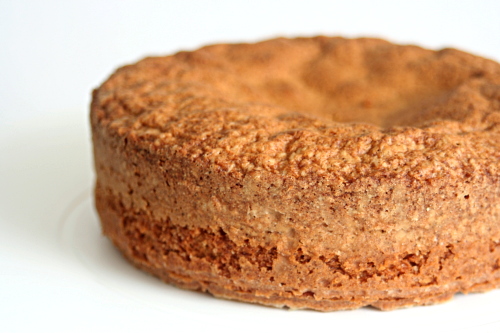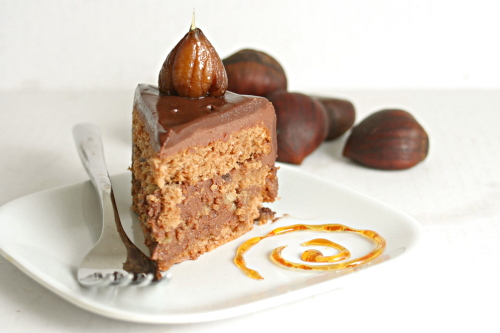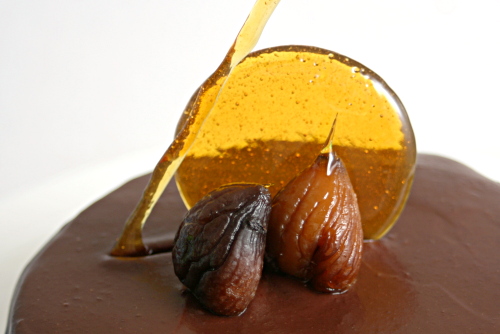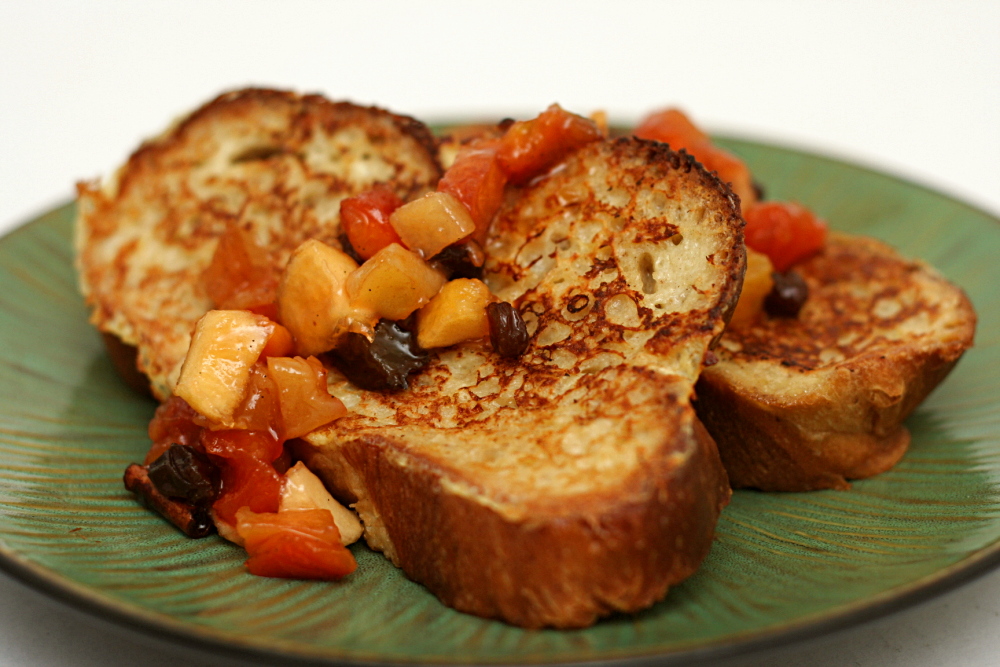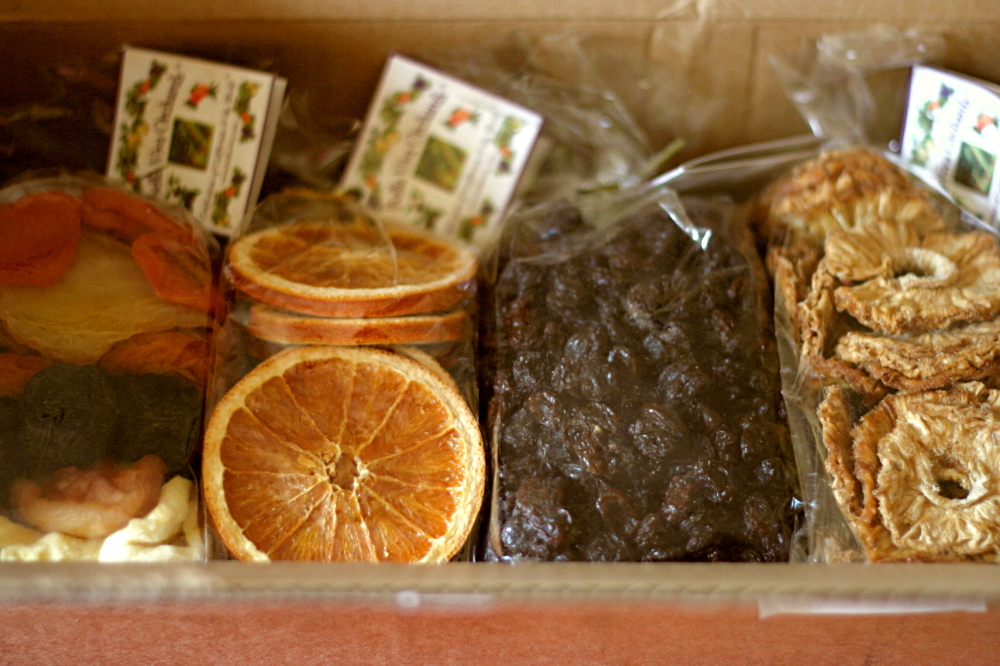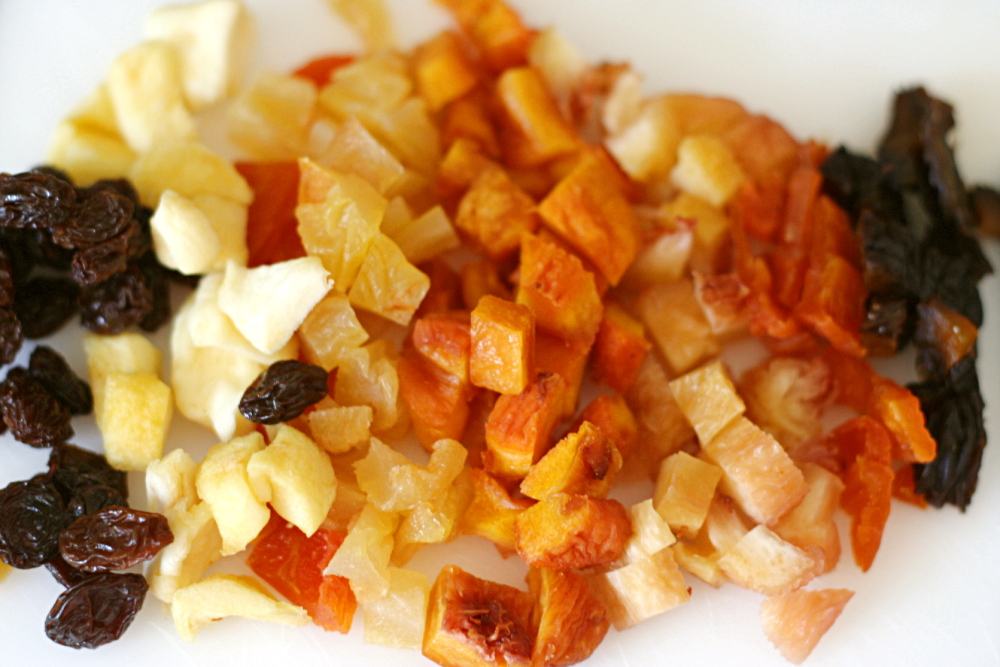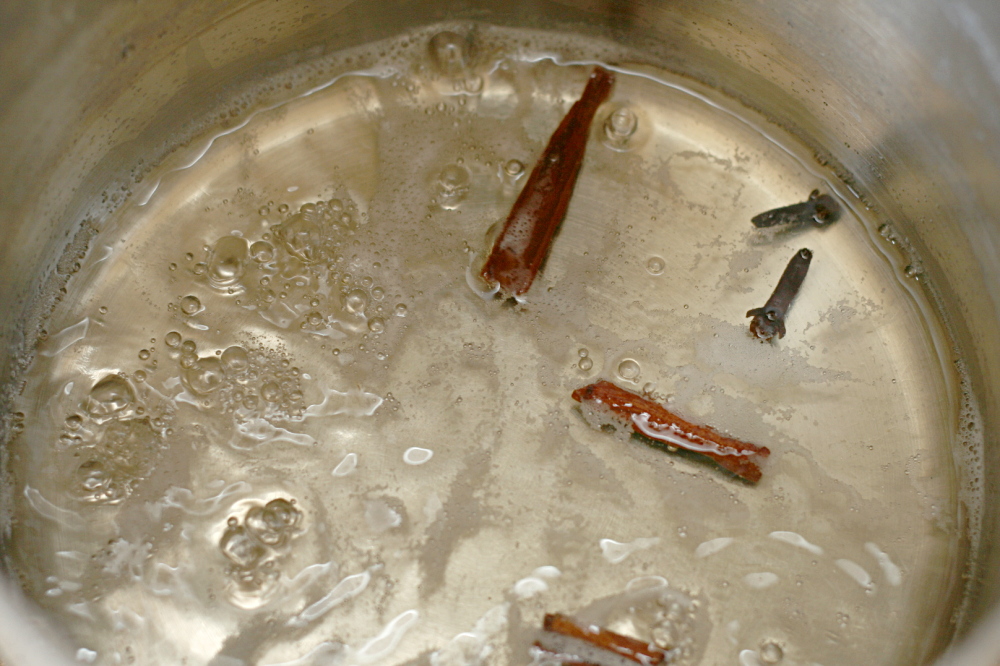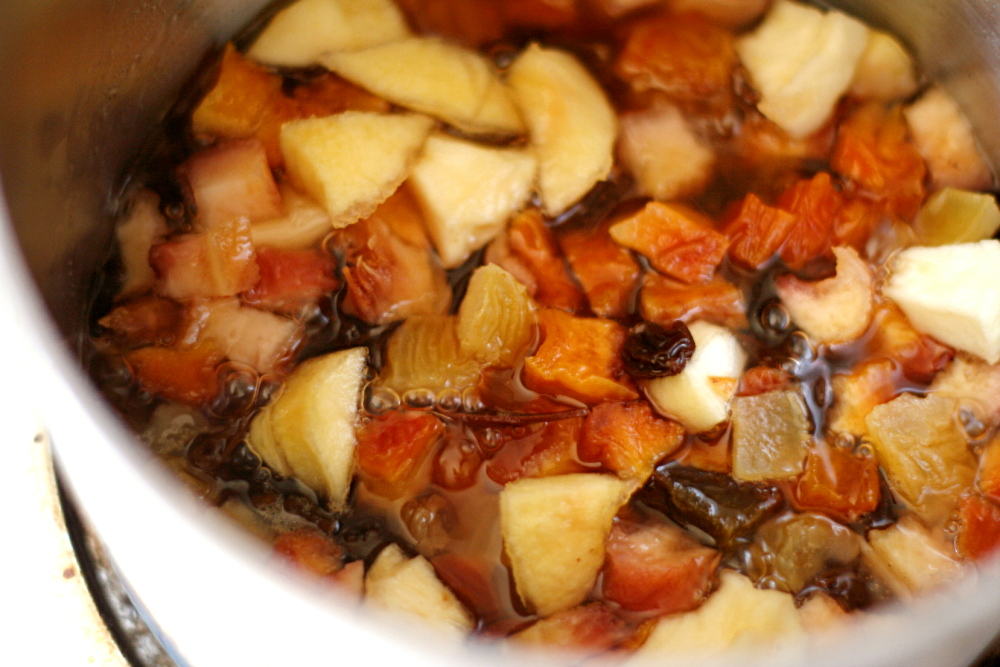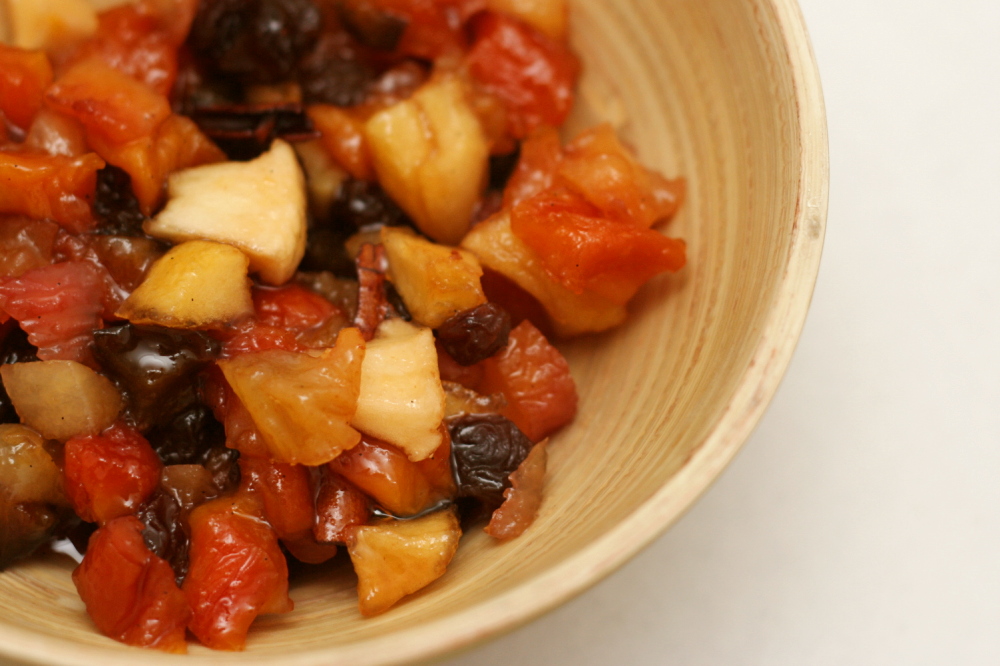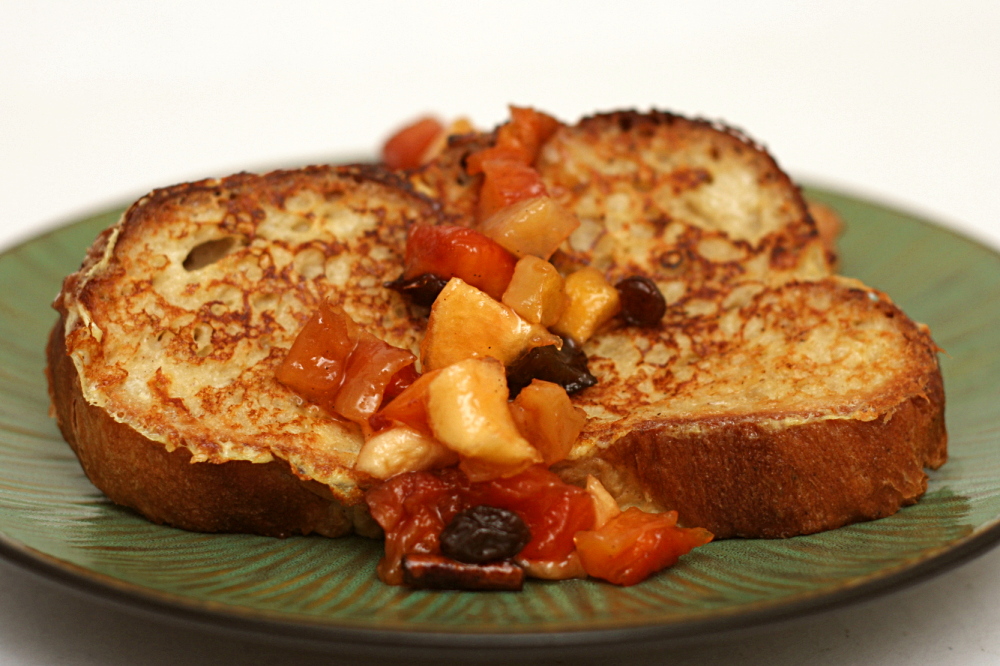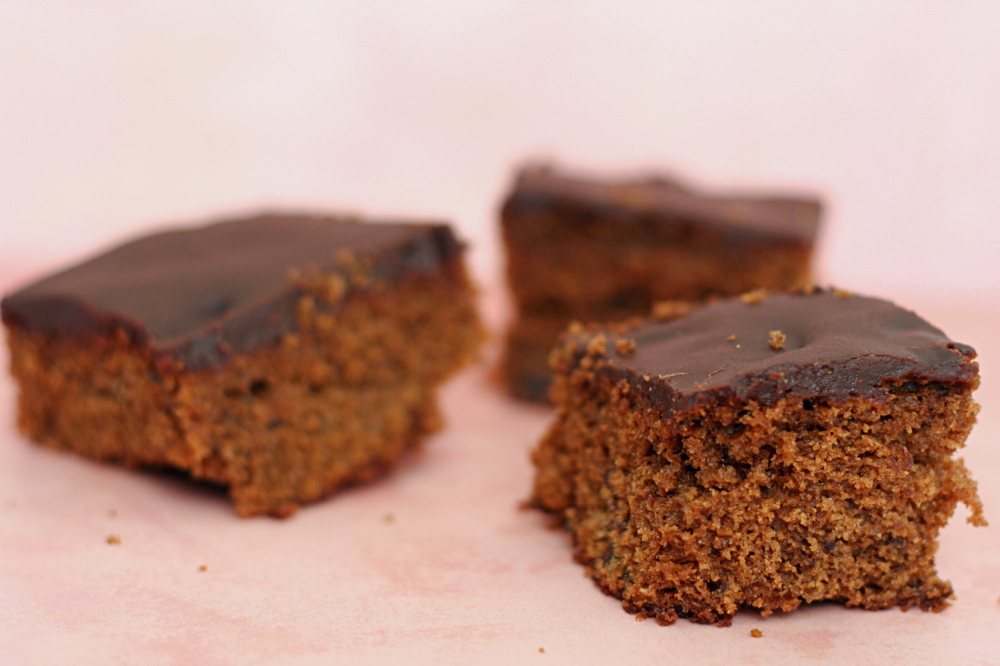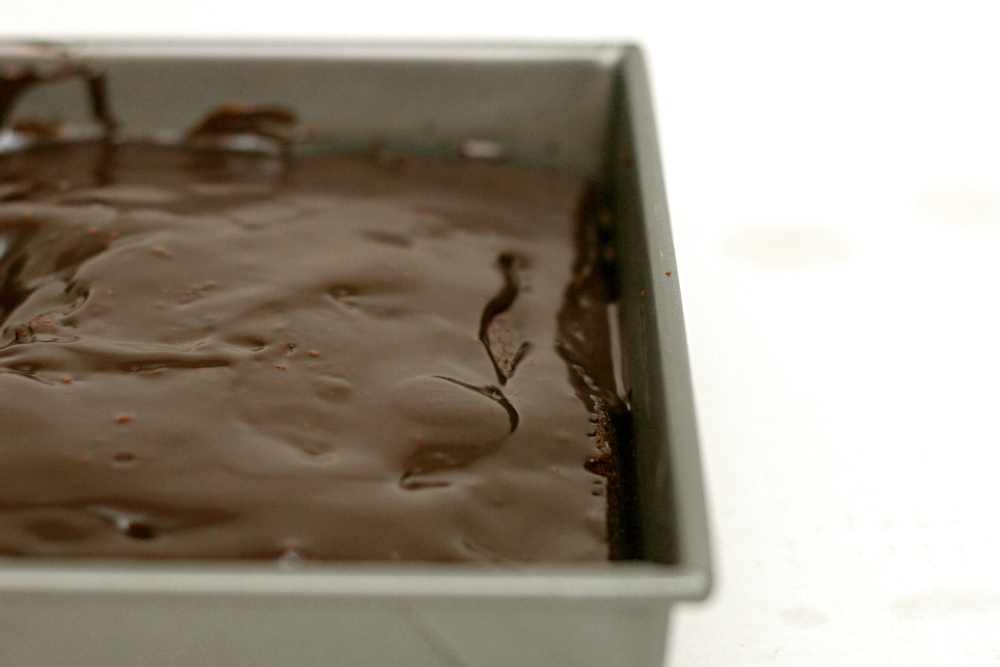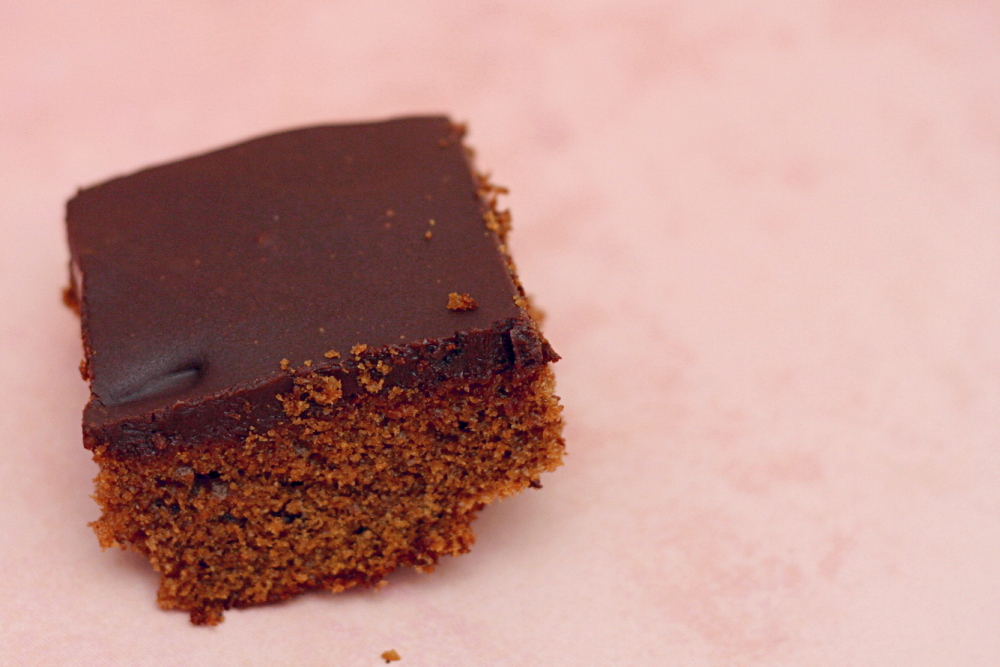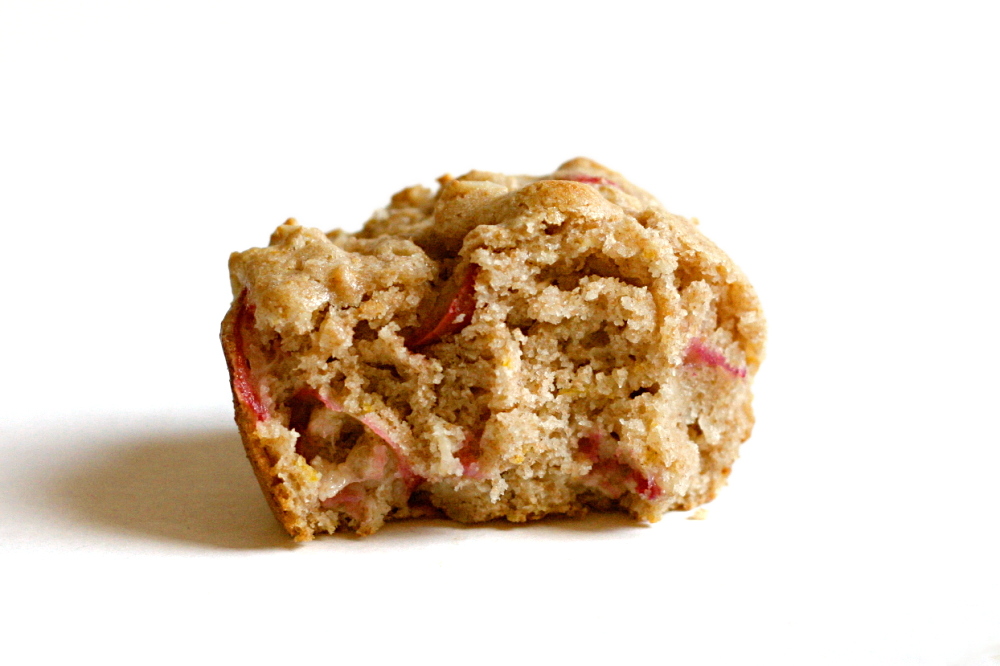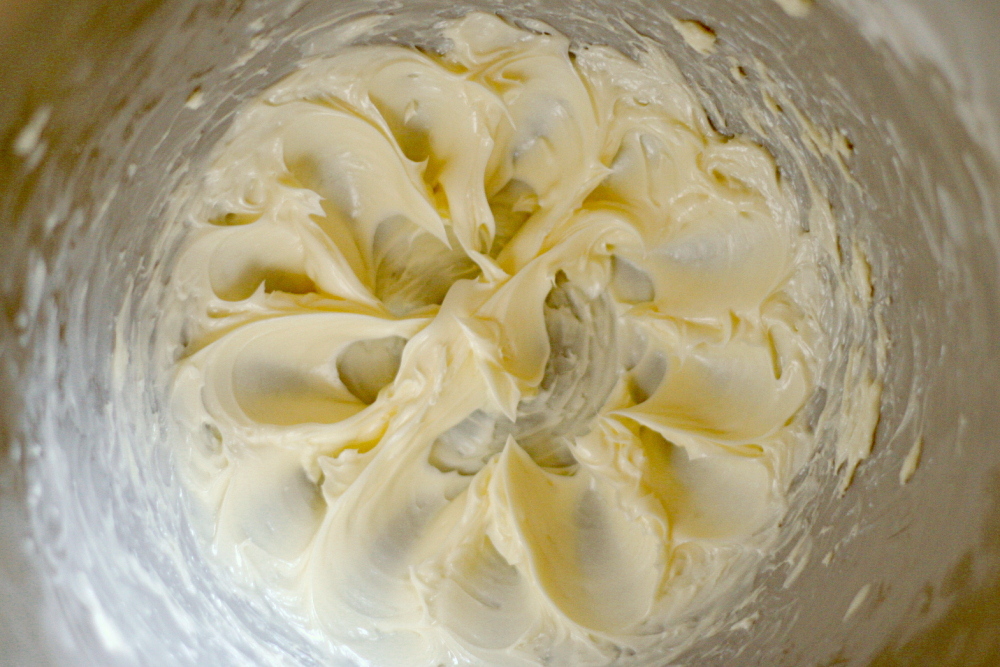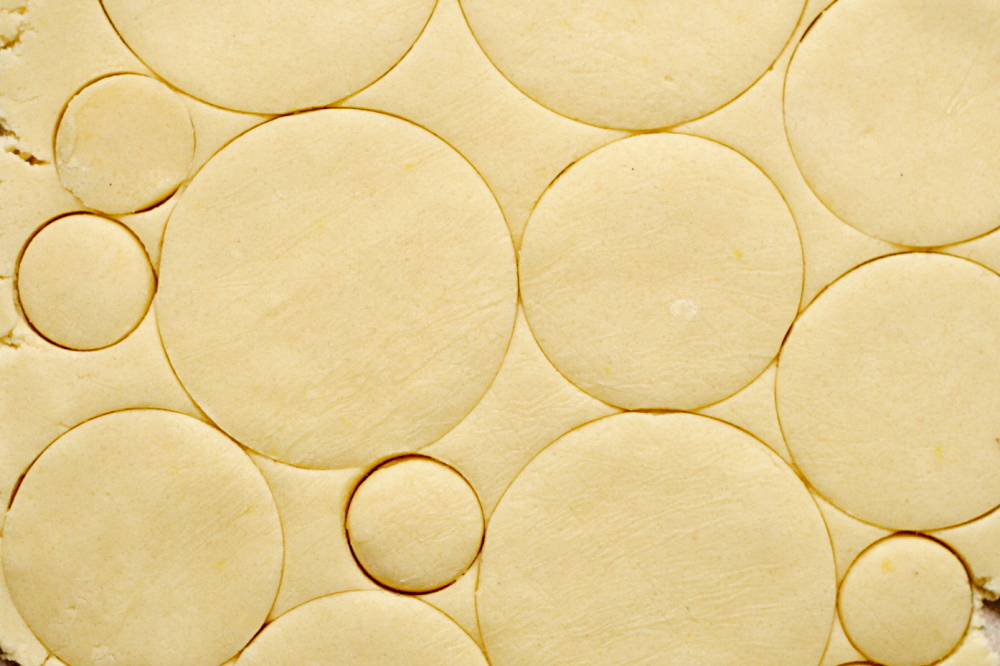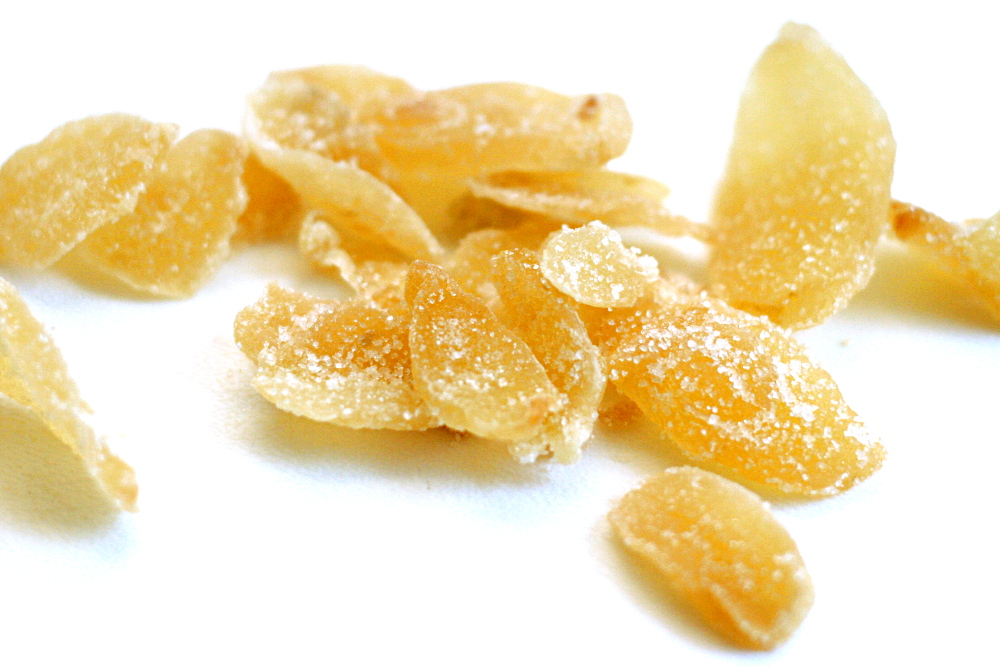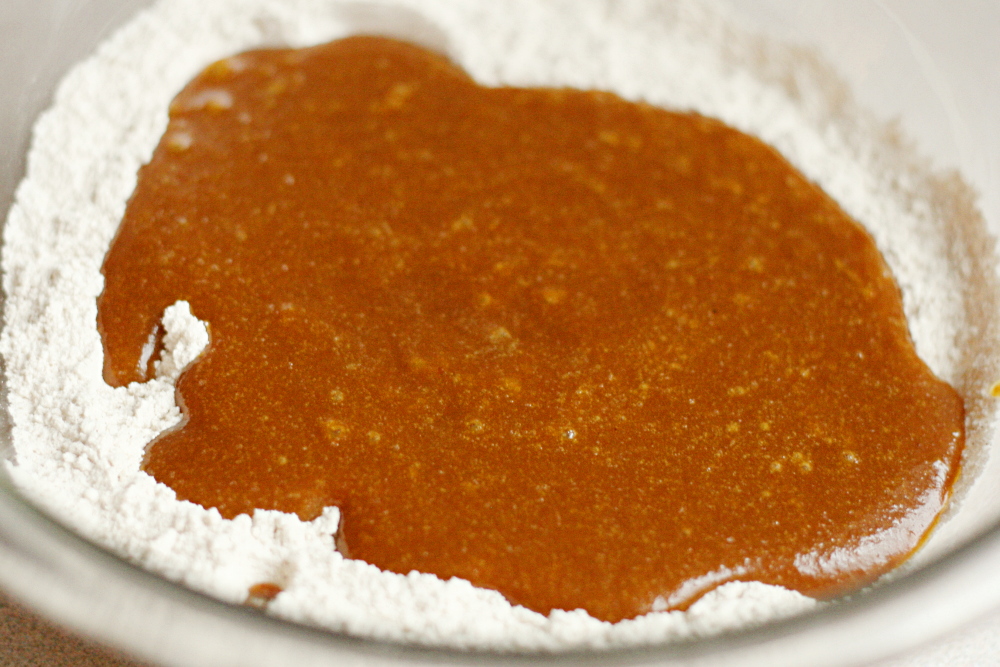My dessert rich-o-meter has chocolate chip cookies right near the middle, with cheesecake at one end and, I don’t know, maybe angel food cake on the other. Although I almost never eat angel food cake. Regular layer cakes tend to be slightly on the less rich side of cookies, until you add frosting of course, and then I figure it’s about the same. So if you disregard the less-rich-than-cookies side of the richometer (pronounced with the stress on the second syllable, for maximum obnoxiousness), that means desserts just span from cookies – pretty darn bad for you – to cheesecake – just about 100% fat.
The last few Tuesdays with Dorie recipes have definitely been on the cheesecake end of the spectrum. (Of course, nothing is as bad as the lemon cream tart and peanut butter torte, which are off the charts!) At first I thought this cake was similar to a basic cake, but then it has this chocolate-butter filling, and a chocolate-cream glaze, and two sticks of butter in the cake itself. Whoa doggie.
So we have leetle leetle servings, one quarter of the size Dorie recommends. This isn’t my favorite type of cake – I tend to like more classic flavors and textures – but it’s certainly good, with the earthy chestnuts and bittersweet chocolate. Dorie expounds on the virtues of the ganache filling, made by melting chocolate with hot caramel instead of hot cream, and I agree that it lends some extra complexity to the cake.
Katya has the full recipe posted. I substituted Nutella for the chestnut cream and decreased the butter in the cake by 2 tablespoons. I also found that refrigerating the ganache filling overnight seemed unnecessary, turning the spreadable mixture into a hard-as-butter (which it mostly is) chunk. I had to wait an hour or so to let it warm up before I could use it on the cake.
One year ago: Rugelach, one of my favorite Dorie Greenspan recipes ever
